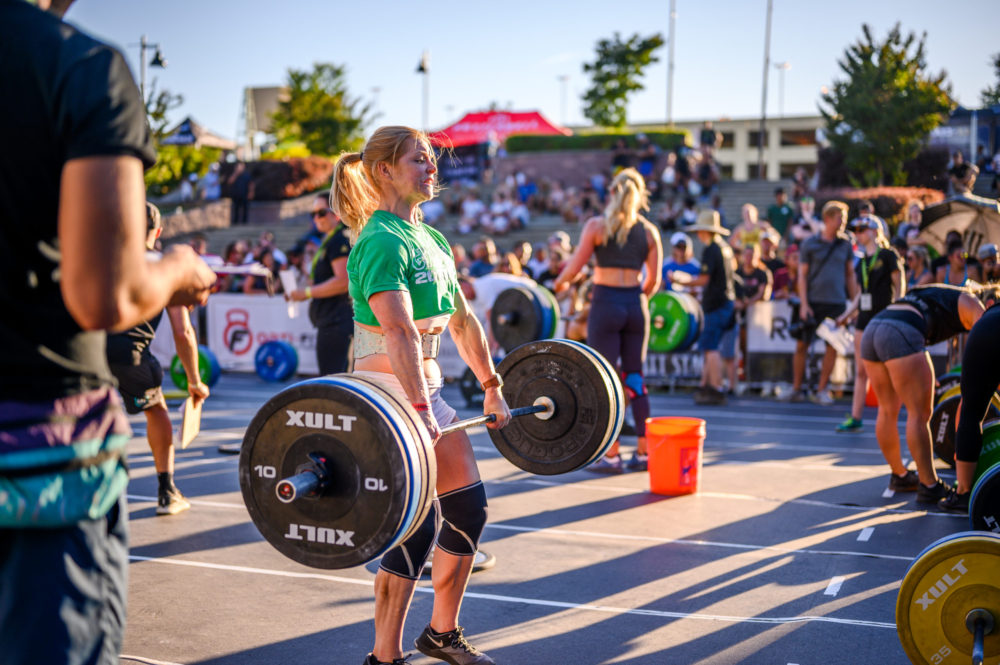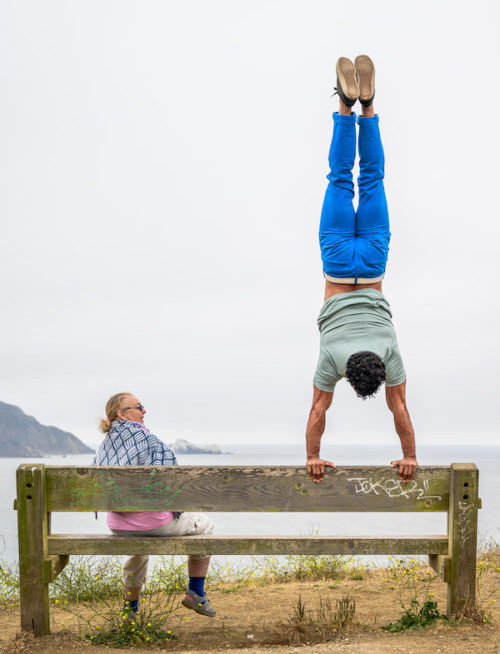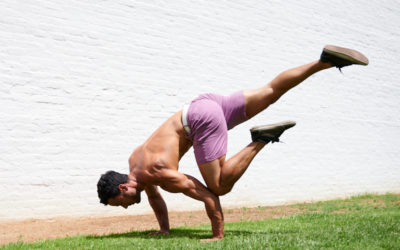Breaking things down is a great way to get a better understanding of Olympic weightlifting. All of the movement during a snatch and clean is determined by the physics of motion and gravity. Wrapping your brain around what is actually happening is essential when you are learning these movements. This understanding will give you a starting point and begin to create recognition of what good vs bad lifting feels like as you develop your technique.
With that in mind, here is a very basic breakdown of the three pulls and two phases that make up the structure of Olympic weightlifting. It is worth mentioning that different sized athletes will have different limb length ratios that slightly change the pulling mechanics associated with each section of the pull. You’ll want to make sure you have an experienced coach to help you find the best possible positions for your body type.
The first pull is the initiation of force that breaks the bar from the ground and brings it to around mid-thigh where the second pull begins. Your back should be locked in tight by pinning your shoulder blades down and squeezing your lats. All your abs should be tight too. Keeping all of your trunk musculature engaged in this phase will allow the legs to lift the bar away from the floor and maintain your body position, eliminating any extra movement. This also immediately puts tension into your legs, which is what you should be using to lift the weight.
As the bar crosses your knees and begins to elevate up the thigh the second pull will begin. There is not a distinct line where one pull turns into the next, but generally the second pull will start somewhere around mid-thigh and culminate in a vicious extension of the hips, knees and ankles with the bar against the body. During this pull remember to keep the bar as close as possible without letting it drag. If it drifts away it will bounce off your hips at extension, creating a looping effect later on.
These two pulls constitute the first phase of the lift, which moves the bar upwards. Rather than going from a slow first pull to an abrupt increase in speed at the second, this entire upwards pull from the floor should be a smooth and gradual acceleration peaking at the end of the second pull. All of this work is done with the legs and once it finished, all your effort will be engaged to move underneath the bar.
As the bar is riding the momentum from the end stages of the first phase, you will initiate the third pull and second phase. This is done with your arms and moves you down underneath the bar. Don’t wait until the bar stops moving to pull. Aggressively pull down against the bar with your elbows facing out to the sides. Continue pulling as much as possible until the point when you have to turn the bar over, keeping tension through your arms as you either receive the bar in your overhead position, or rack it tightly against your shoulders.
These are the two phases made up of the three pulls. As you become more proficient, you will learn the technical aspects of each section. Remember to keep the bar close, and that the legs move the bar up and the arms move you down. Execution with respect to these principles will ensure you are on the right track towards learning how to lift.







